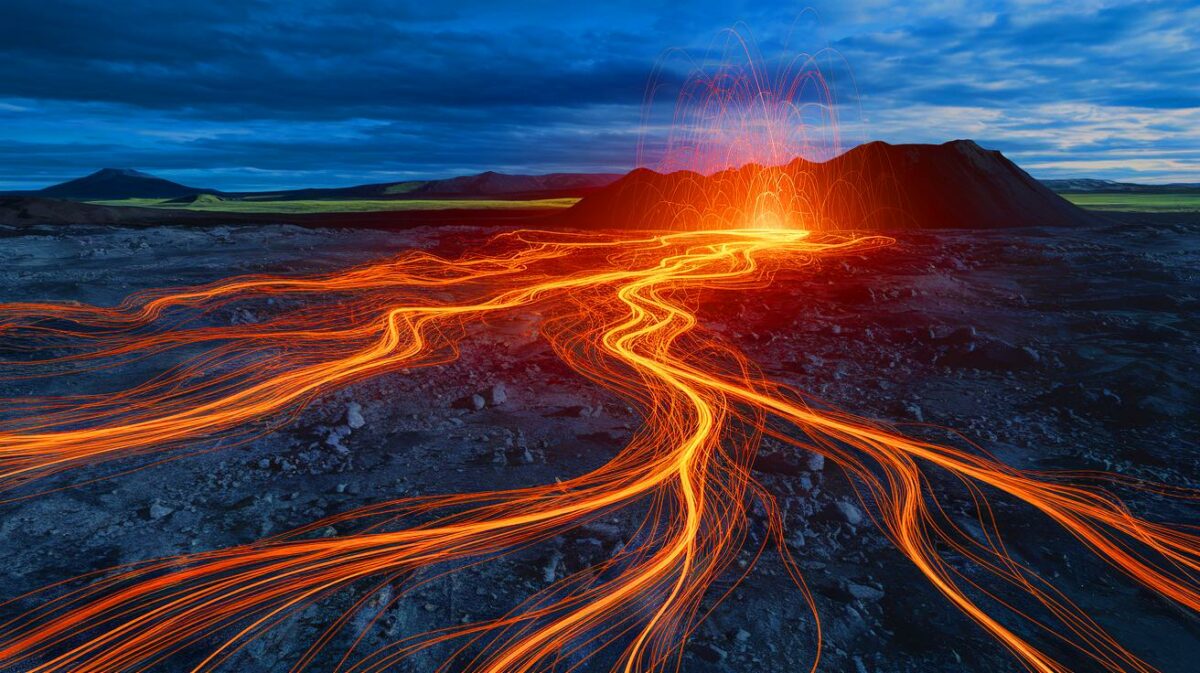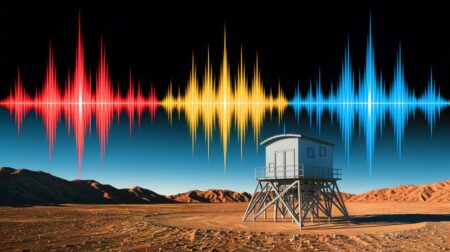| IN A NUTSHELL |
|
Iceland’s dramatic volcanic landscape has long captured the imagination of scientists and travelers alike. With its frequent eruptions, the need for effective monitoring and early warning systems has never been more pressing. In 2024, a groundbreaking technology known as Distributed Acoustic Sensing (DAS) was deployed on Iceland’s Reykjanes Peninsula, a region teeming with volcanic activity. Developed by Caltech, this technology aims to provide critical warnings well ahead of an eruption, potentially saving lives and safeguarding property. The following sections delve into the workings of this innovative system and its significant implications for volcanic monitoring.
Early Warning System for Volcanos
The Reykjanes Peninsula has been a hotspot for volcanic activity since late 2023, with eruptions posing real threats to nearby communities. In response, Caltech researchers, led by Professor Zhongwen Zhan, collaborated with Icelandic scientists and the telecom company Ljósleidarinn to launch the DAS technology in this volatile area. This partnership transformed existing 62-mile fiber-optic cables into a sophisticated network of sensors capable of detecting subterranean magma movements.
Within just ten days of a significant magma intrusion in November 2023, the team established a 62-mile-long fiber cable system. By December, the system successfully recorded its first volcanic eruption. This collaborative effort underscores the power of global scientific partnerships in addressing natural hazards and underlines the critical role of innovation in enhancing public safety.
Shooting Lasers
The DAS system operates by shooting lasers through underground fiber-optic cables. As vibrations occur along the cable, they alter the phase of the laser light, which researchers measure to interpret seismic activity. These vibrations can result from earthquakes or even the subtle shifts of magma beneath the Earth’s crust.
This technology offers a level of precision previously unattainable, detecting ground movements as minute as a few millimeters in real time. The DAS system’s resolution exceeds that of traditional GPS or satellite imaging, providing researchers with invaluable data to predict volcanic eruptions. The August 2024 eruption confirmed the system’s efficacy, offering a 30-minute to several-hour warning before the event, depending on the intrusion specifics.
The Science Behind DAS
Throughout a year-long study, DAS technology captured real-time data on volcanic activity beneath the surface. Seismologist Vala Hjörleifsdóttir from Reykjavik University analyzed the data, identifying patterns indicative of an impending eruption. This research laid the groundwork for a preliminary early-warning system, capable of alerting the public with significant lead time before an eruption.
The Reykjanes Peninsula represents Iceland’s most active volcanic system, offering a unique opportunity to explore magma intrusion events that don’t always lead to surface eruptions. As Professor Zhang noted, the DAS system has opened new avenues for understanding volcanic behavior, revealing more frequent magma intrusions than previously recorded. This capability to “see things we couldn’t before” marks a significant advancement in volcanic science.
Implications for the Future
The success of DAS technology on the Reykjanes Peninsula has broad implications for volcanic monitoring worldwide. By harnessing existing infrastructure, DAS provides a cost-effective and highly sensitive method for detecting early signs of volcanic activity. It demonstrates the potential for similar systems to be deployed in other vulnerable regions, offering a model for future innovations in natural disaster preparedness.
The study, published in the journal Science, highlights the importance of interdisciplinary collaboration and innovation in addressing complex geological challenges. As climate change and urban expansion increase the risks associated with natural disasters, technologies like DAS offer a promising path forward for enhancing public safety and resilience.
As Iceland continues to navigate its challenging volcanic landscape, the implementation of DAS technology marks a significant step forward in monitoring and early warning capabilities. With its proven success, could this groundbreaking approach pave the way for similar advancements in other high-risk areas around the globe?
Did you like it? 4.5/5 (23)










Wow, Iceland is really leading the way in using tech for safety! 🌋
How accurate are these fiber-optic sensors compared to traditional methods?
Hope this doesn’t mean more tourists flocking to see eruptions!
Can this technology be used to detect other natural disasters, like earthquakes? 🤔
So cool to see high-tech solutions to natural problems! Thanks, Iceland! 🌍
Why haven’t other volcanic regions adopted this tech yet?
Seems like a sci-fi movie plot come to life! 🚀
As an Icelandic resident, this brings me great peace of mind.